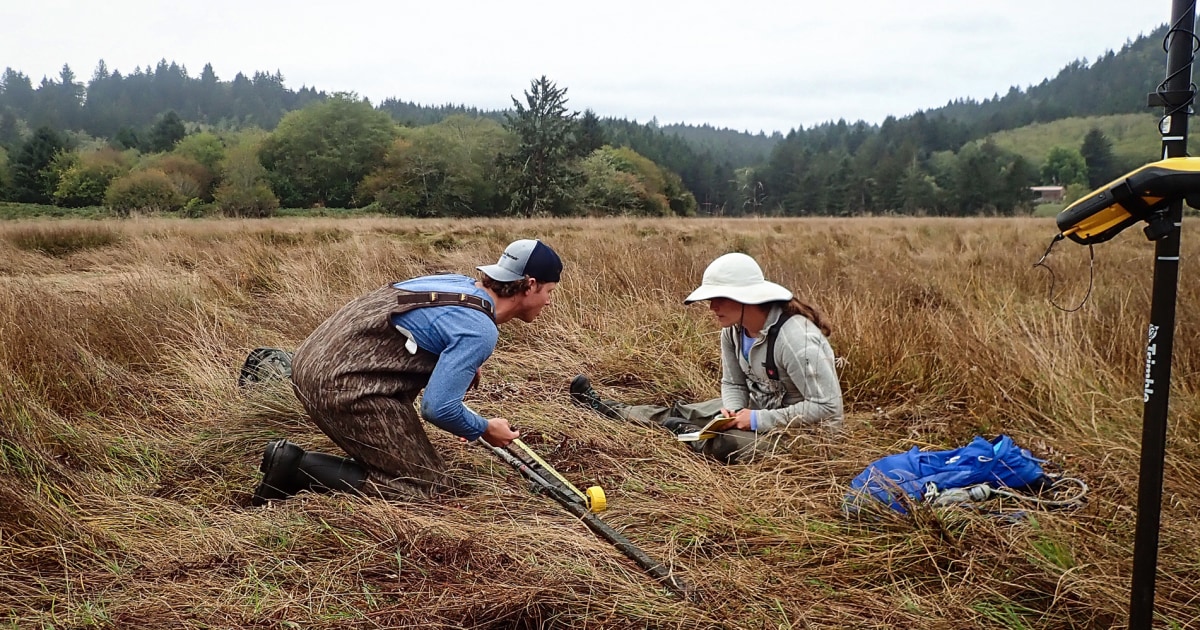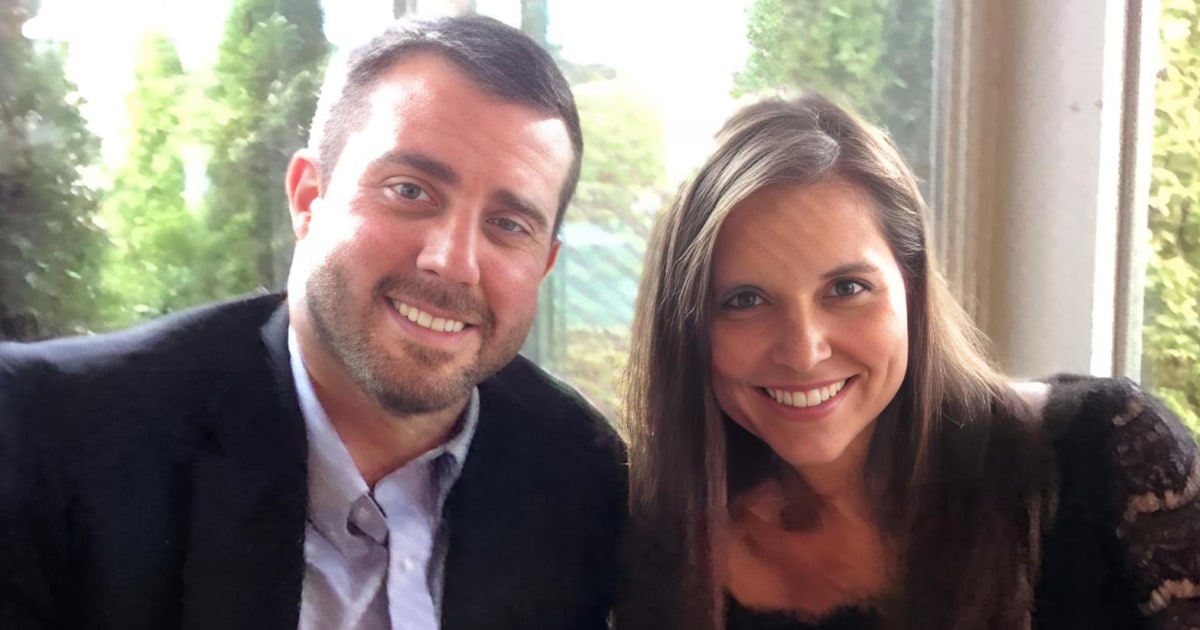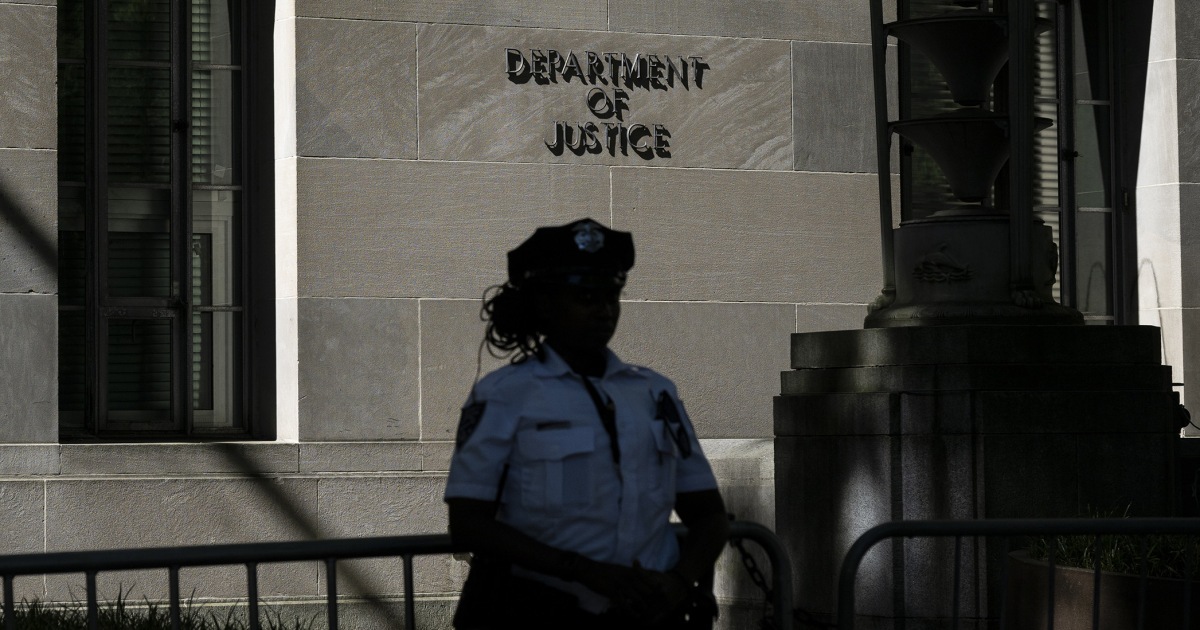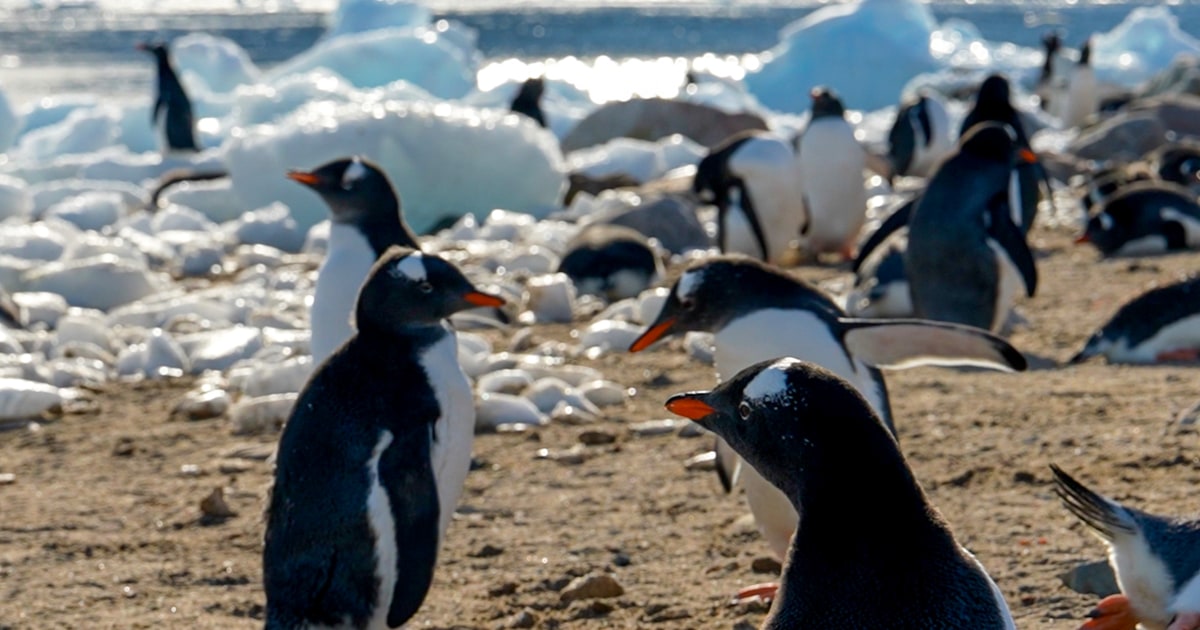NASA will call on SpaceX to bring home two astronauts who have been stuck on the International Space Station since early June after their Boeing spacecraft ran into several problems midflight, the agency said Saturday.
The decision for astronauts Butch Wilmore and Suni Williams to hitch a ride back to Earth on a SpaceX Crew Dragon capsule, rather than on the Boeing Starliner spacecraft that they rode into orbit, puts to rest months of speculation and tension within the space agency over how — and when — the two crew members could safely return. The mission was planned to last about eight days.
The Starliner drama has been a major setback for Boeing's space ambitions, adding to years of struggle to get the capsule off the ground and keep up with rival company SpaceX. Even before Wilmore and Williams launched in June, the Starliner program was more than $1.5 billion over budget and years behind schedule.
Top NASA officials, including Administrator Bill Nelson, gathered Saturday in Houston to conduct a formal review based on the results of tests done in orbit and on the ground. The decision to go with SpaceX was subsequently announced in a news briefing held at NASA’s Johnson Space Center.
While the agency has finally settled on how to bring the astronauts back, their return trip will not be immediate. Instead, Wilmore and Williams will remain at the space station for about six more months before flying home in February.
NASA said it will free up two seats on an upcoming SpaceX launch, known as Crew-9, that will be taking a new rotation of space station crew members to the orbiting outpost. By transporting two astronauts instead of the planned four, Wilmore and Williams will be able to fly back in the open seats at the end of the Crew-9 mission in February.
The Crew-9 flight is currently scheduled to lift off on Sept. 24 from NASA’s Kennedy Space Center in Florida.
The beleaguered Starliner capsule, meanwhile, will journey back to Earth without a crew, according to NASA.

 9 months ago
9 months ago
 (200 x 200 px).png)








 English (US) ·
English (US) ·